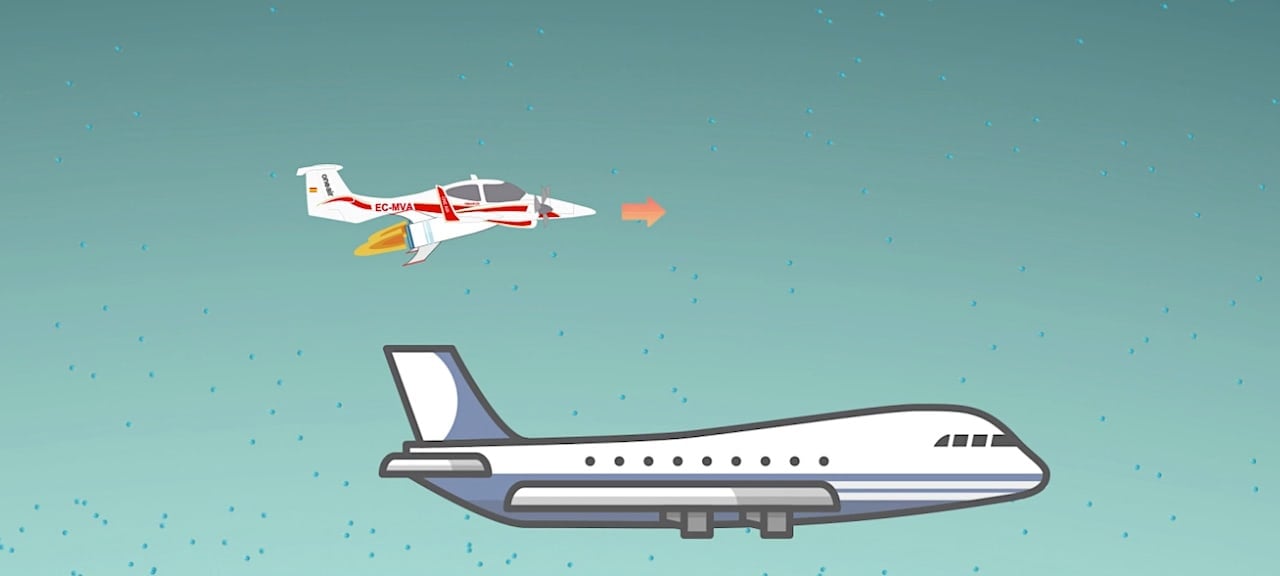Since the dawn of time, humans have been fascinated by everything to do with outer space, that great void above our heads that is still full of questions.
Well, in today’s 1Minute Aviation video, we ask you a very unusual question… When do you think an aeroplane becomes a satellite? No, we haven’t gone crazy.
Today we’re flying a little higher than usual to tell you about the Kármán Line, which is considered to be the boundary between the atmosphere and outer space.





